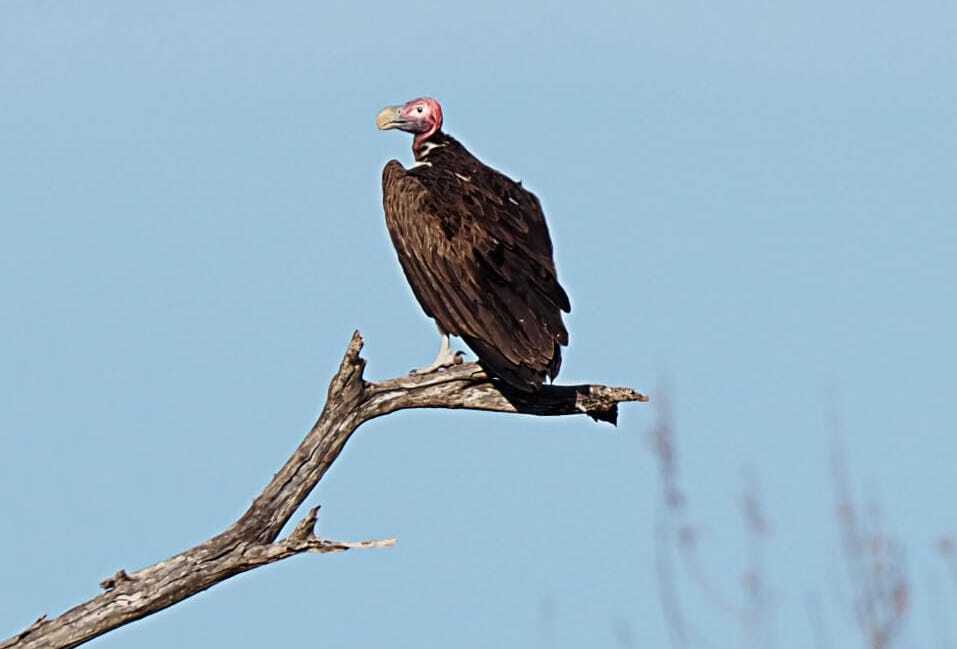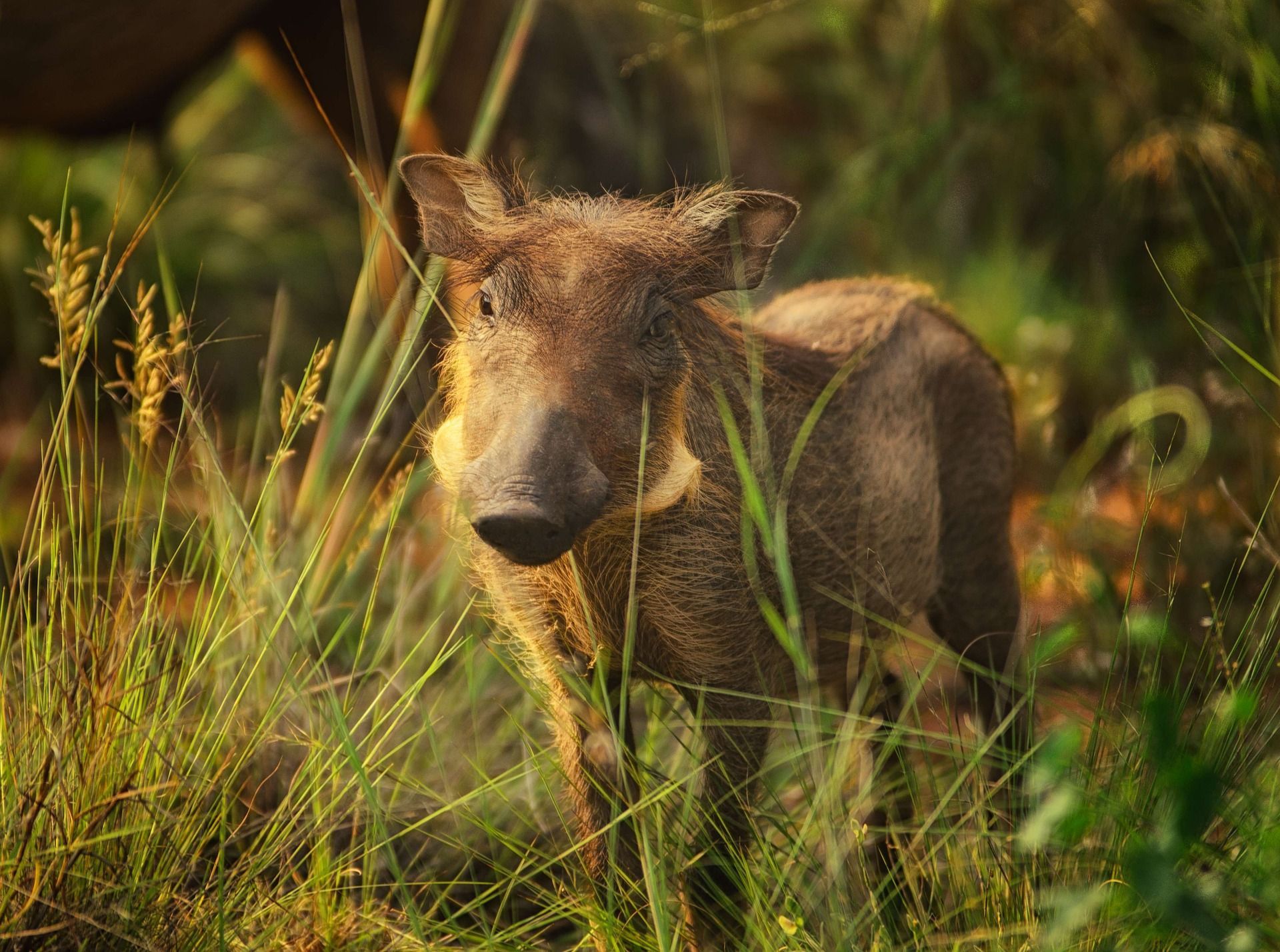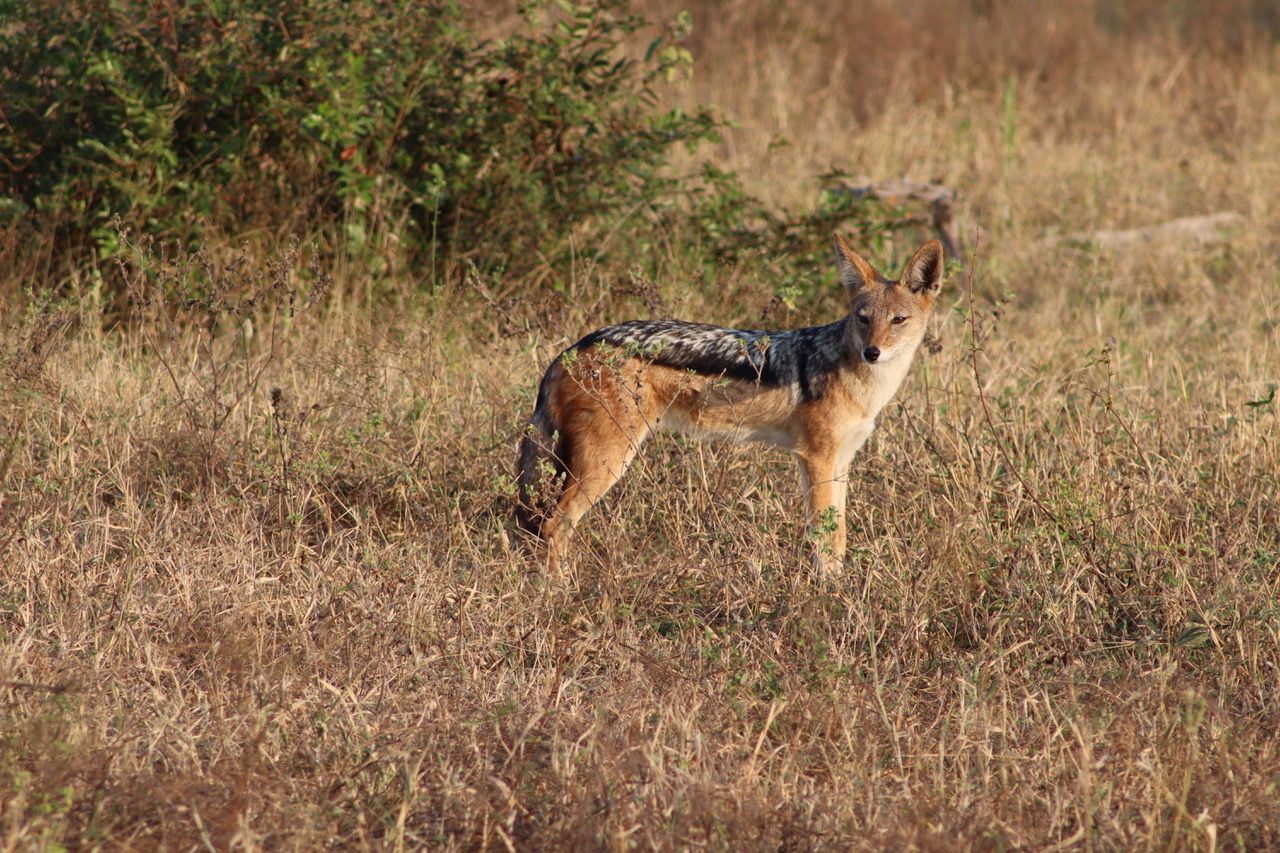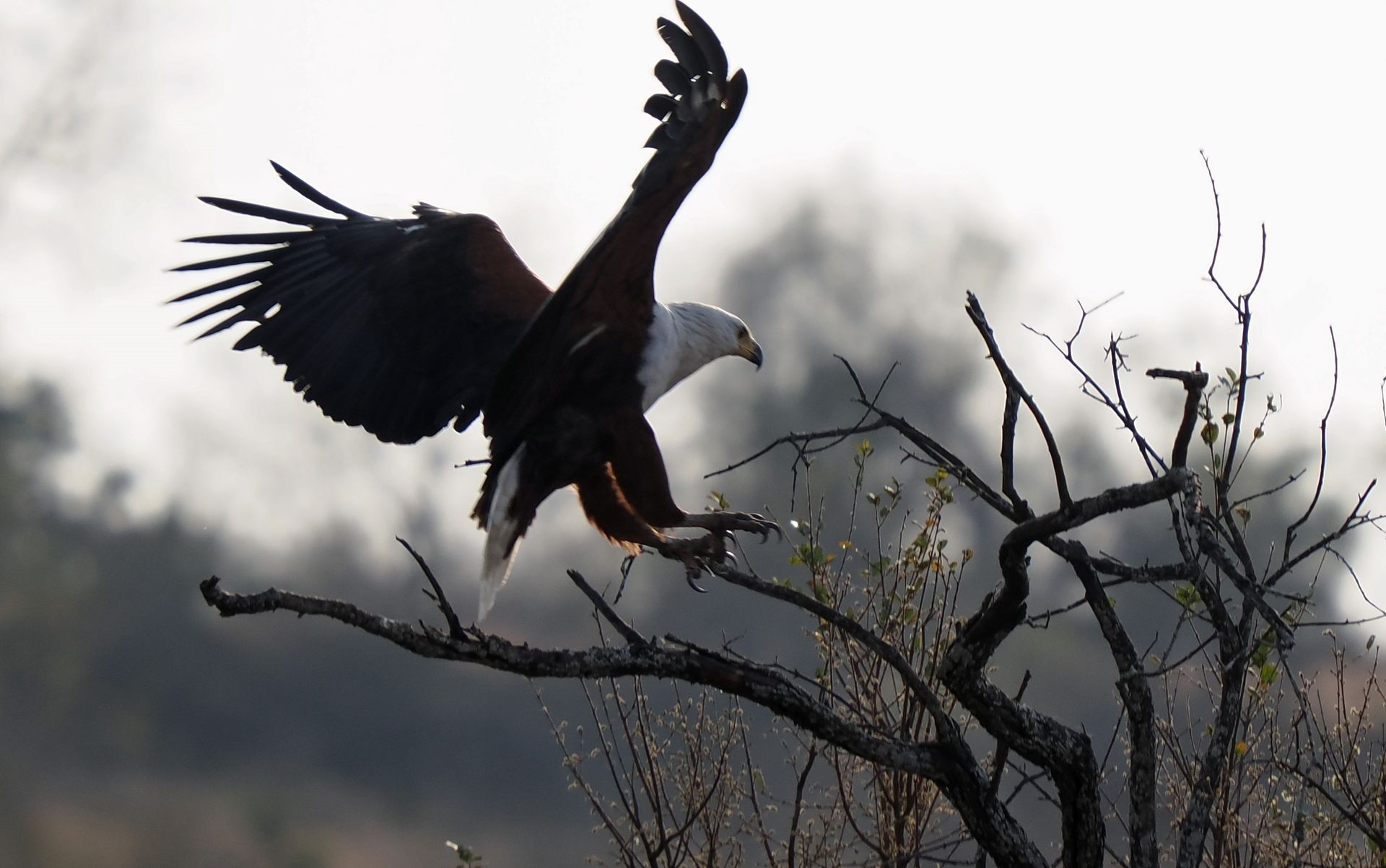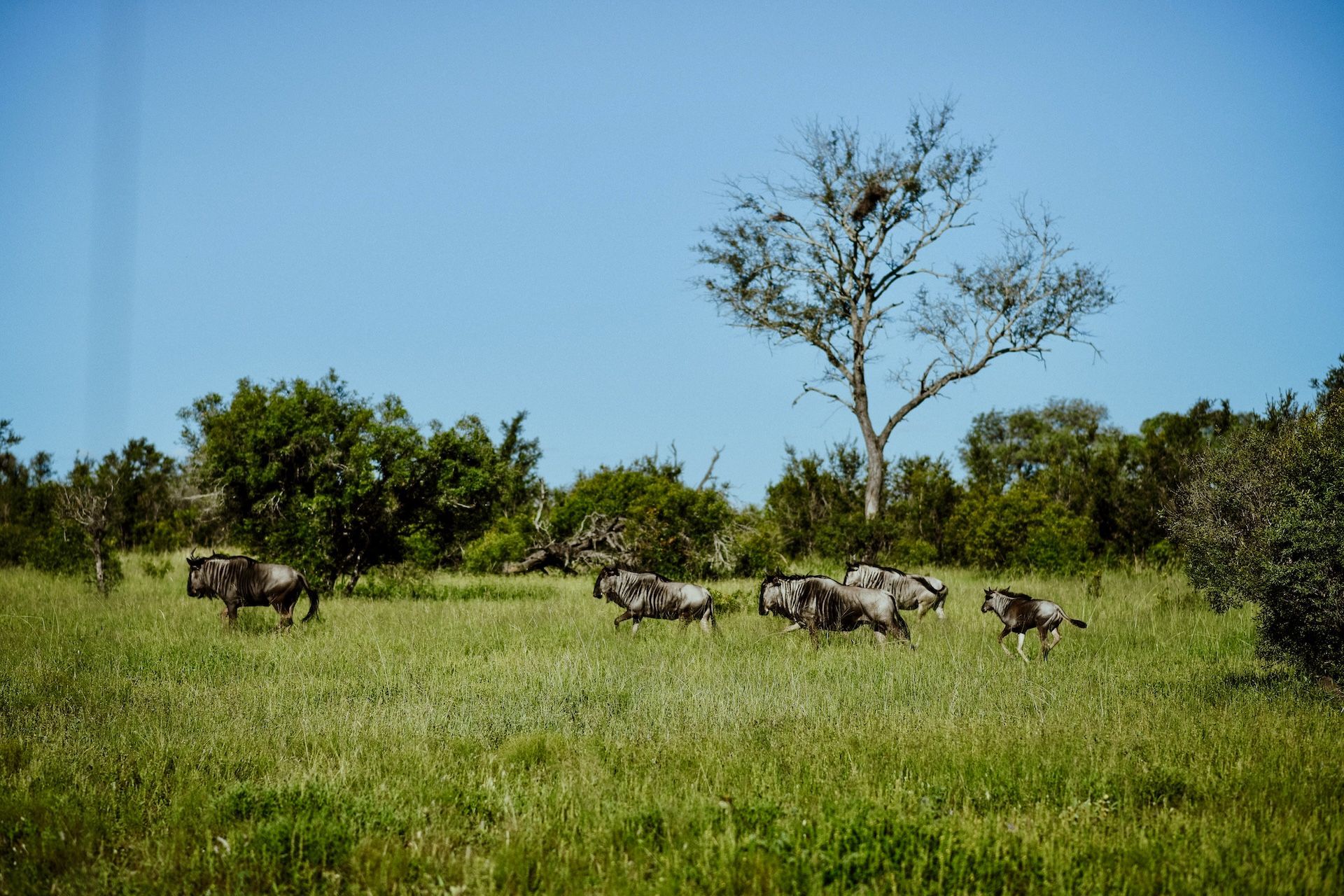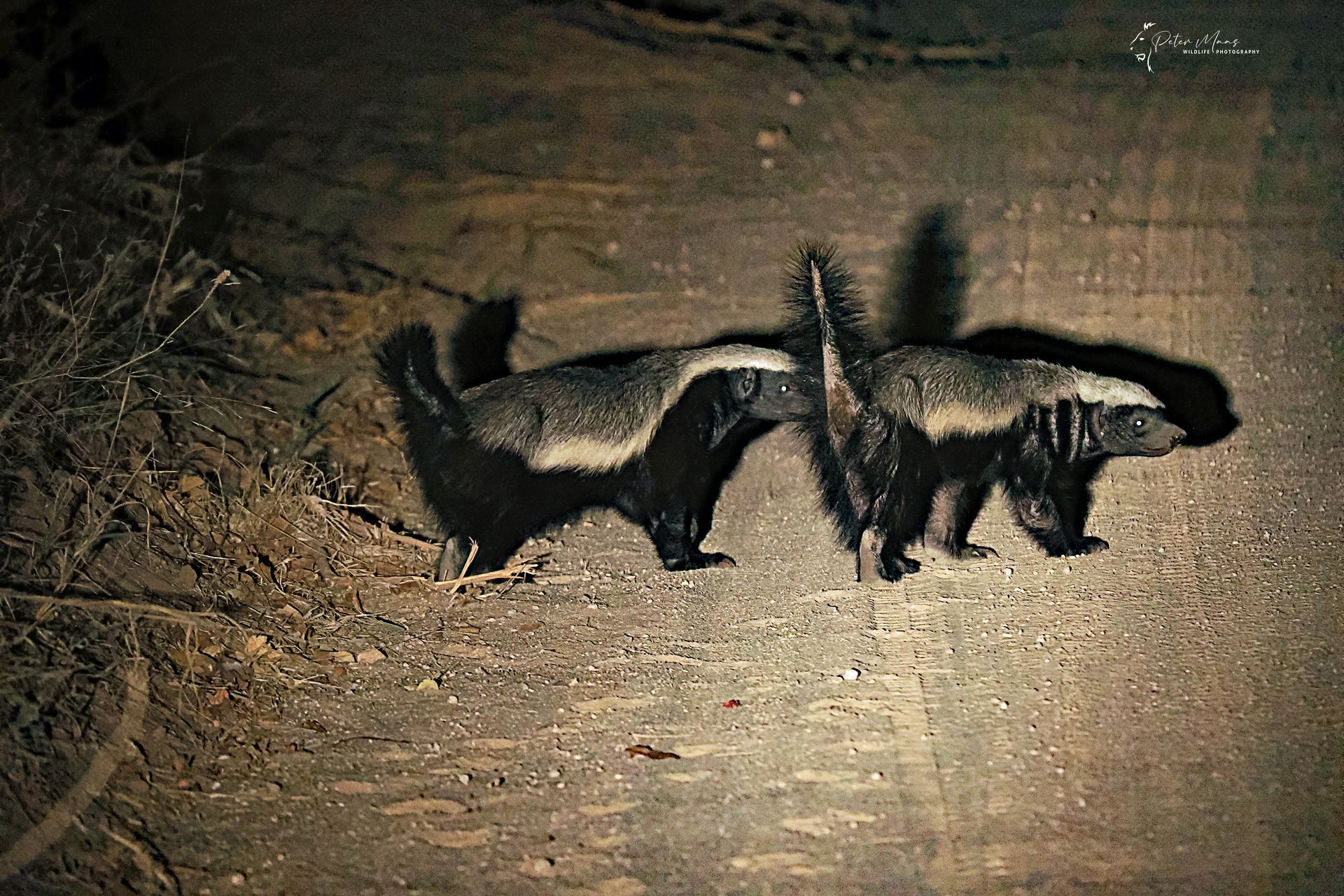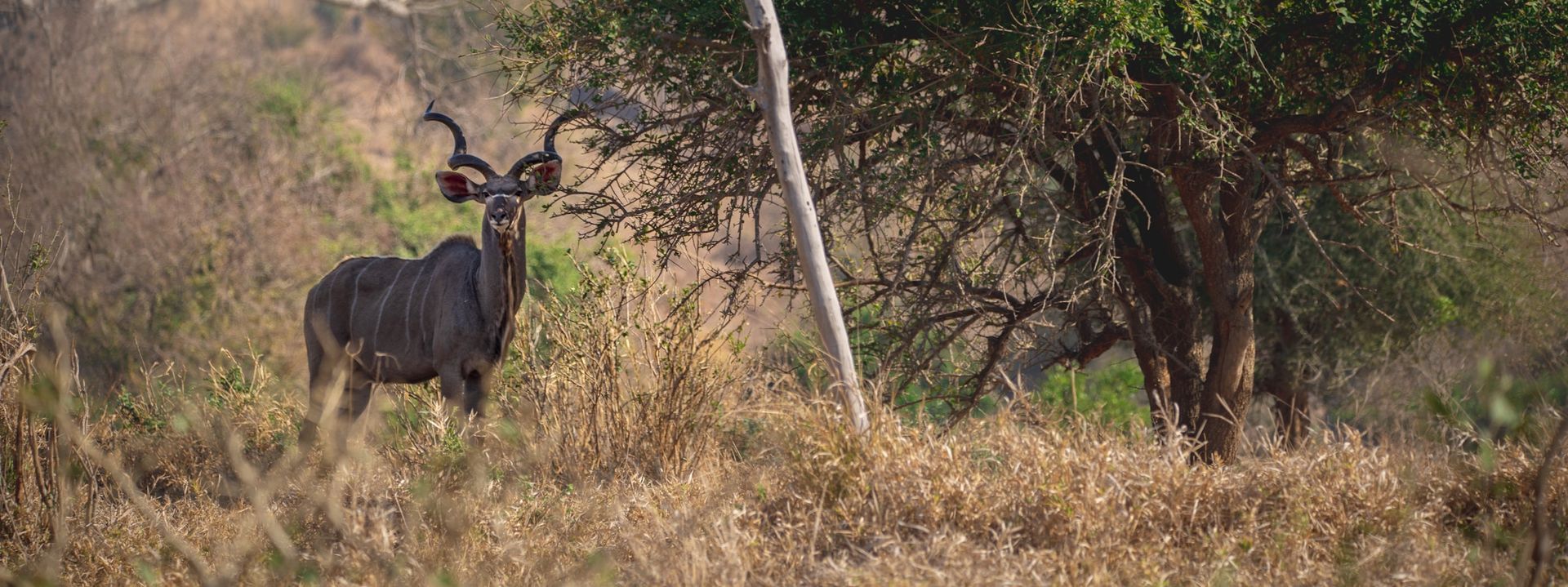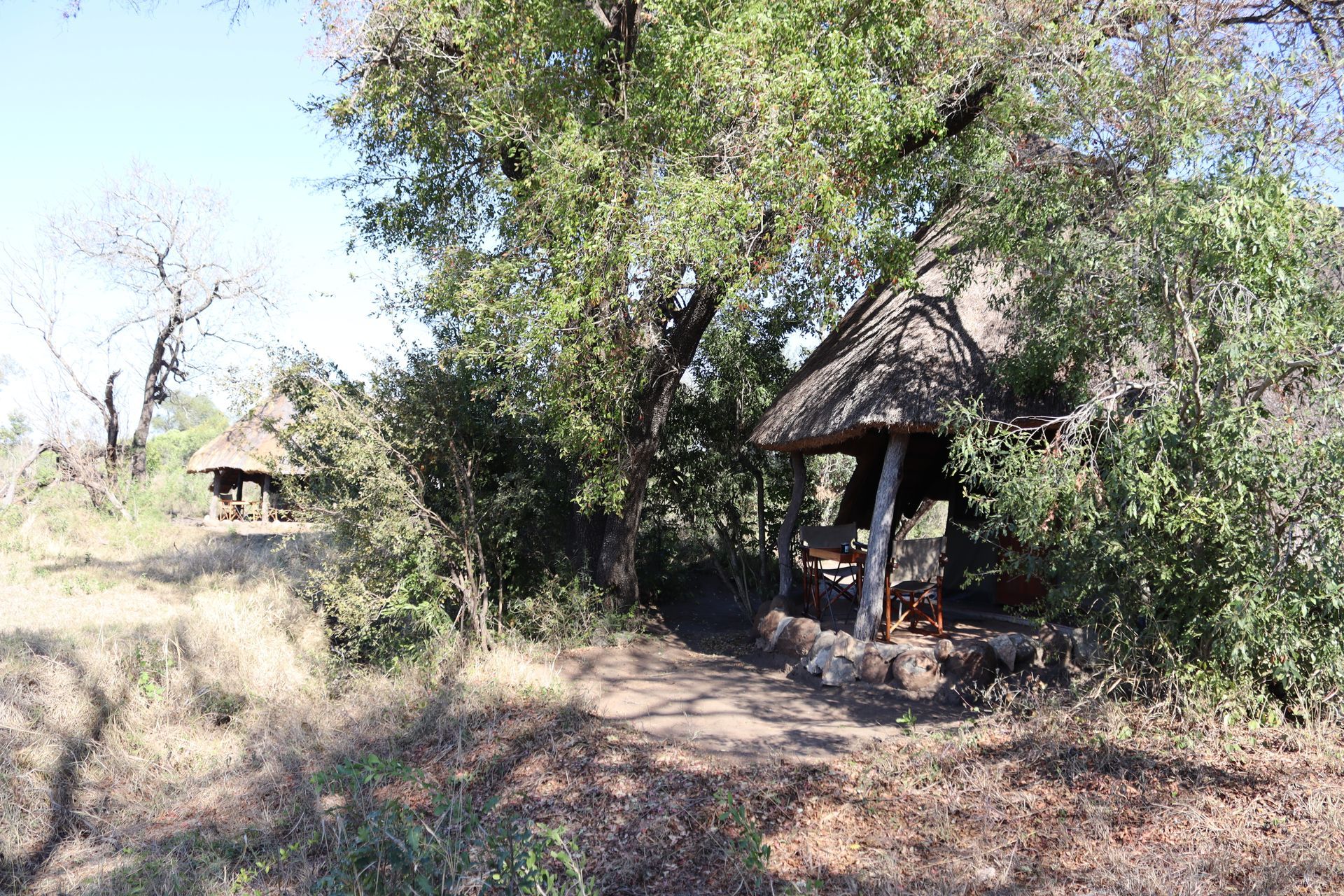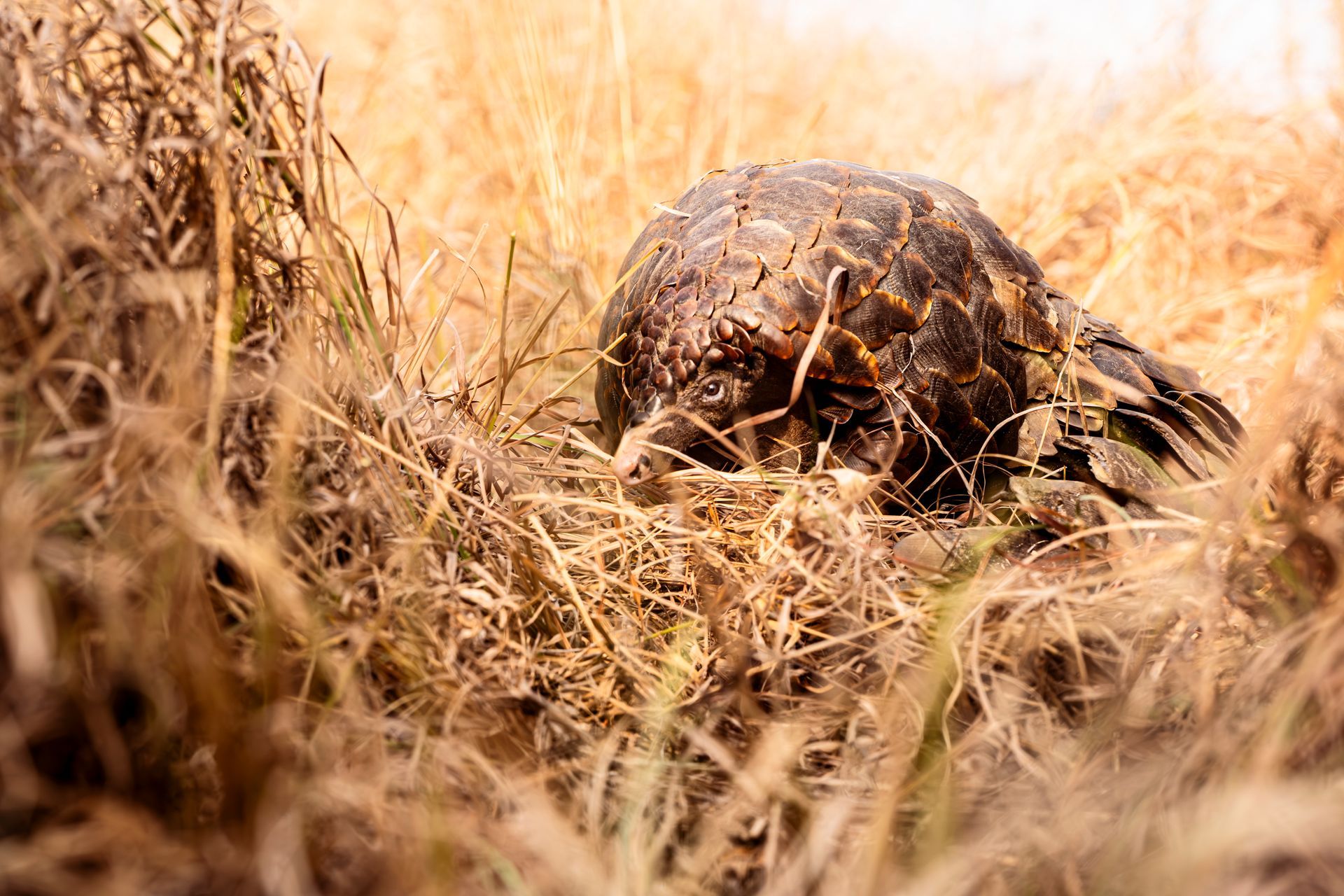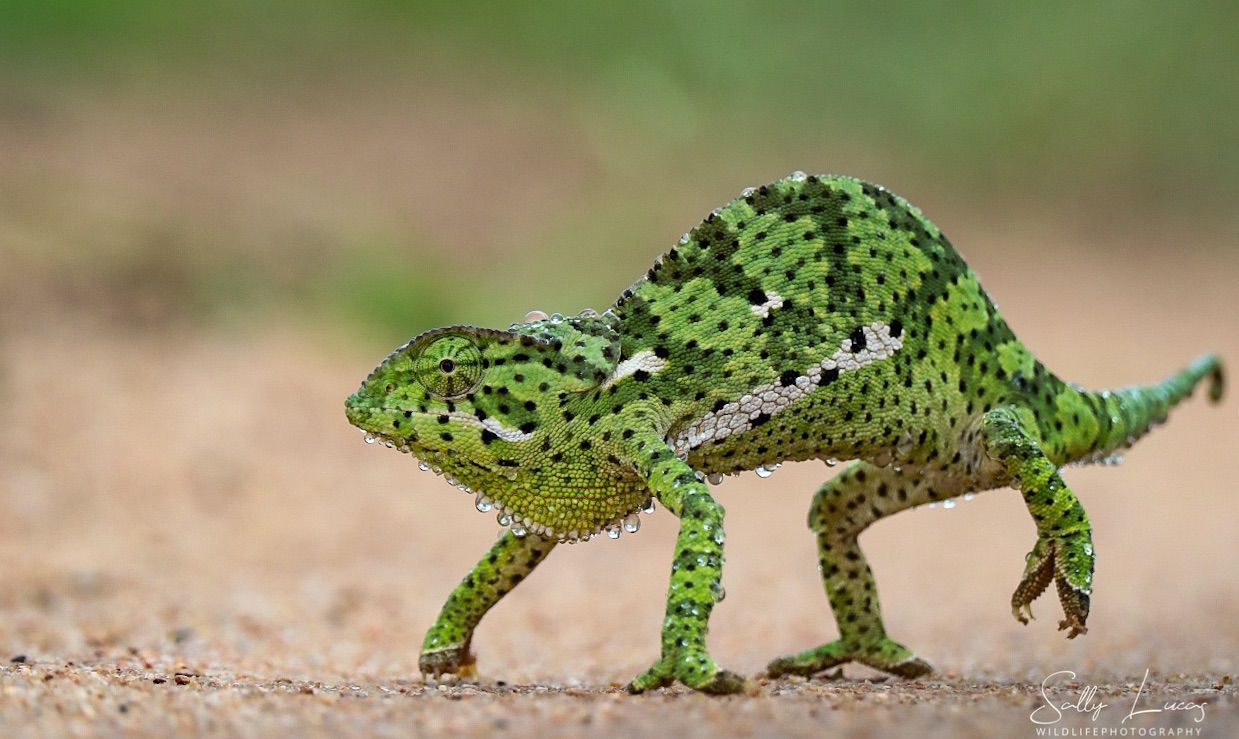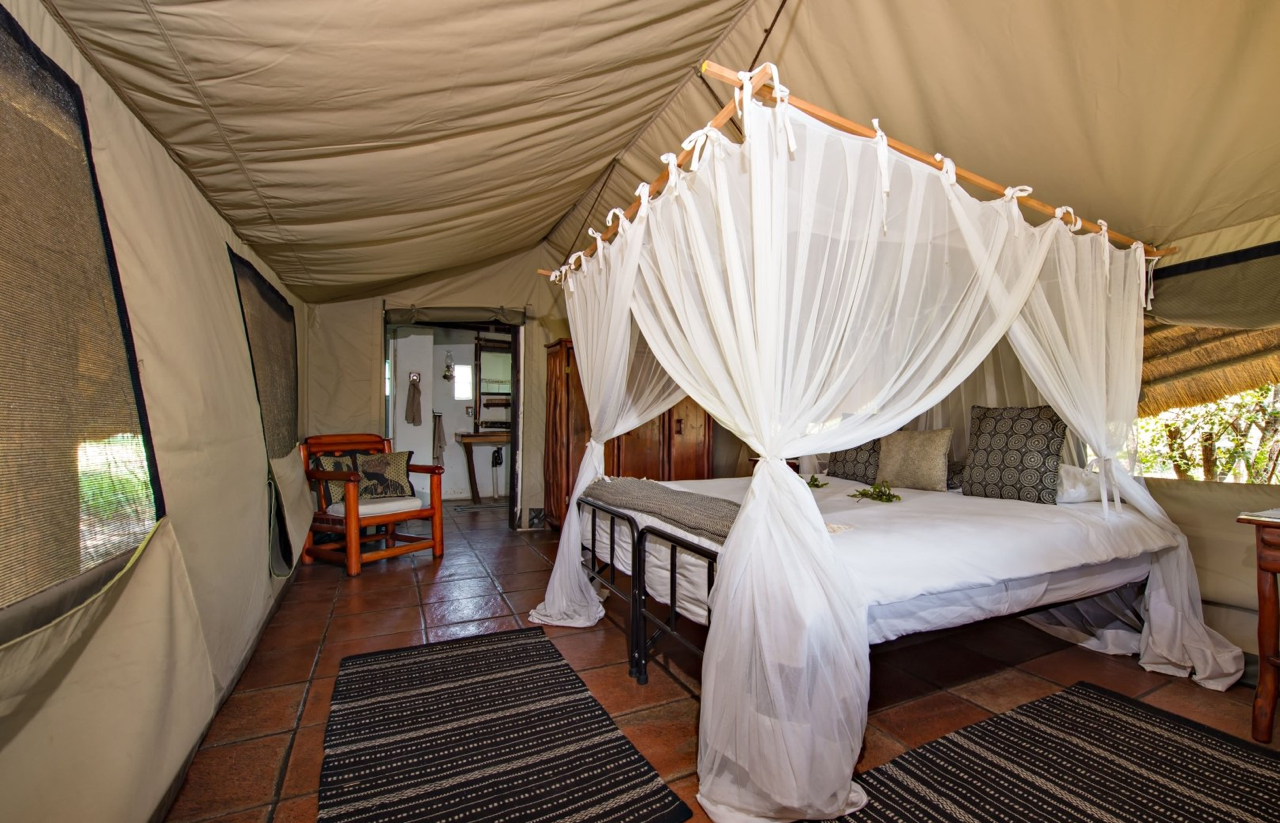Masters of the air...
Meet the vultures of the Manyeleti!
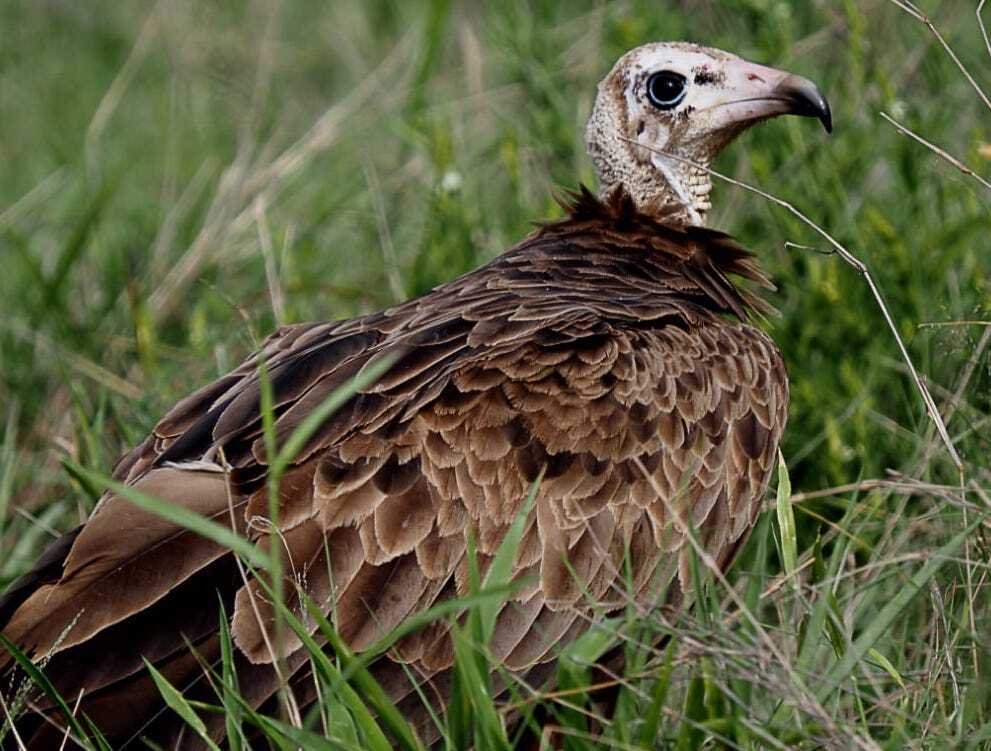
You'll frequently see them soaring on invisible thermals, climbing high into the impossibly blue skies above the Manyeleti as they search for the dying and the dead. Vultures are the aerial monarchs of the Greater Kruger with incredible vision that defies belief and the unsavory but critically important job of helping to dispose of carcasses, stripping meat from bone.
Africa's vultures are what's known as Old World vultures and belong to the same family as eagles, buzzards, kites and hawks. The three species we see in the Manyeleti are the white-backed vulture, hooded vulture and lappet-faced vulture, each of which perform different aspects of carrion clean-up. All of them have bald heads and necks, thought to prevent the matting of feathers with dried blood although recent research suggests the baldness also helps with thermoregulation.
Big and brawny
The lappet-faced vulture is the biggest and ugliest of the three and is often referred to as the can-opener of the bush, thanks to its large and powerful hooked beak that can slice through even the toughest hide. When vultures descend on a carcass the lappet-faced vulture is the dominant bird thanks to its size and its ability to tear it open, allowing other vultures like the white-backed vulture to feed. The smaller hooded vulture usually waits for the scraps left behind by its bigger, meaner-looking cousins.
With its wingspan of up to 2,9m, the lappet-faced vulture is Africa's largest vulture. Also known as the Nubian vulture, it's listed as endangered with only around 350 mature individuals in South Africa and an estimated 8,500 across its entire range. They breed atop tall thorny trees, with the female laying a single egg which hatches between 54 and 56 days later. Chicks fledge at around 135 days old.
Our most common species
The white-backed vulture is the most widespread species, with an estimated 270,000 across sub-Saharan Africa. Even so, its numbers are in rapid decline with a loss of more than 90% throughout its range over the last 10 years. It's a lowland species, preferring wooded savannah and acacia thornveld. The white-backed vulture is a very social species, roosting in loose colonies of anywhere between two to 15 birds, but it's not uncommon to see bigger numbers soaring together and sitting in tall trees when the weather's not great for flying.
Like the lappet-faced vulture, female white-backed vultures lay a single egg which is incubated for around 56 days. The single chick fledges between 120 and 130 days after hatching and is cared for by both parents.
Small and shy
The diminutive and somewhat scruffy looking hooded vulture is listed as critically endangered with just a couple of hundred mature individuals in South Africa and around 200,000 across its sub-Saharan range. It's a rarer sighting in the Manyeleti and the Greater Kruger lowveld is pretty much its last remaining South African home.
Shy by nature, hooded vultures feed on insects as well as carrion and are often seen in human settlements as well as in the wooded savannah that's their preferred habitat. Females, which are larger than the males, lay a single egg which hatches between 46 and 54 days later, with fledging taking place anywhere between 80 and 130 days after hatching.
Fast facts
All vultures have exceptionally strong stomach acid that's also very corrosive, allowing them to feed on rotting carcasses that can be infected with often dangerous bacteria. It's this ability to consume meat that would be toxic to other animals that makes them so effective in cleaning up the ecosystem and preventing the spread of disease.
Vultures urinate on their legs and feet to help stay cool when the African sun is at its hottest. This process, called urohydrosis, also keeps bacteria and parasites at bay because when you spend your time wading through carcasses and perching on dead animals hygiene is important!
Their eyesight is spectacular compared to ours. With a much thicker retina than humans have and larger eyes in proportion to their head size, they also have a higher density of rods and cones giving them the ability to spot small carcasses from kilometres away. Vultures also see movement and detail better than we do and because their eyes are set much further apart than ours, they have a wider field of vision. They also have an inner eyelid to protect and clean their eyes.
Vultures have relatively weak feet and legs which means they don't carry food back to their nests in their talons. This is why they gorge at a carcass, eating as much as they can and storing it in their crops to regurgitate later for their young.
When it comes to collective nouns for vultures, they're special in that they have three! When in flight with others, a group of vultures is called a "kettle"! At rest in trees, they're known as a committee and when they're in the thick of feeding on a carcass, that's called a wake!
